By Robert Tate, Automotive Historian and Researcher
Images Courtesy of Ford Motor Company and The Henry Ford
Published 10.03.2018
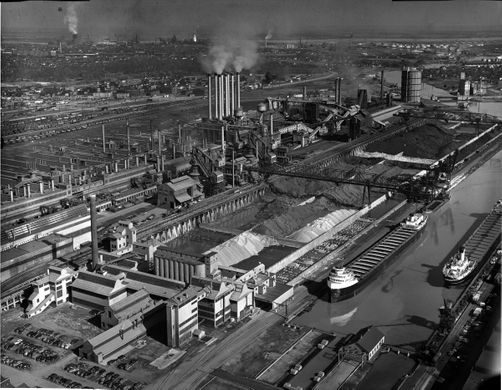
American automobile manufacturers, like Ford, have done more to put American consumers on wheels than any other country in this world. Their early efforts and innovations may have been crude by today's standards, but the hard work and dedication of men and women throughout the auto industry made the United States a great country.
Today, as we look back at automotive history, many of us have fond memories of family members who were a part of this American story. This story is about the 100-year celebration of the Ford Rouge plant that has captured many great memories of automotive manufacturing.
As I look back, I have members of my own family no longer with us who worked at the Ford Rouge and gave me and my family a lifetime of great memories. I'm sure many of you have great stories to tell about loved ones who worked at “The Rouge.”
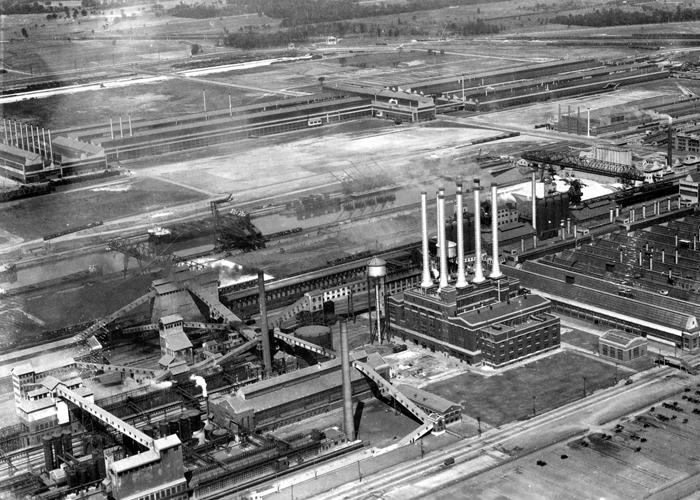 The Ford Rouge, circa 1940 (Ford Motor Company)
The Ford Rouge, circa 1940 (Ford Motor Company)
During the early part of Henry Ford's career, he had the idea to build a much larger manufacturing complex on the Rouge River. The location would offer access to both the Great Lakes and a network of North American railroads. It would feature foundries, steel mills and assembly lines manned by the hard working men and women who put America on wheels. Henry Ford hired the famous architect, Albert Kahn, to design the buildings to make his idea a reality. Ford began buying the 2,000 acres of land that became The Rouge in 1915. It opened with the production of anti-submarine World War I Eagle boats.
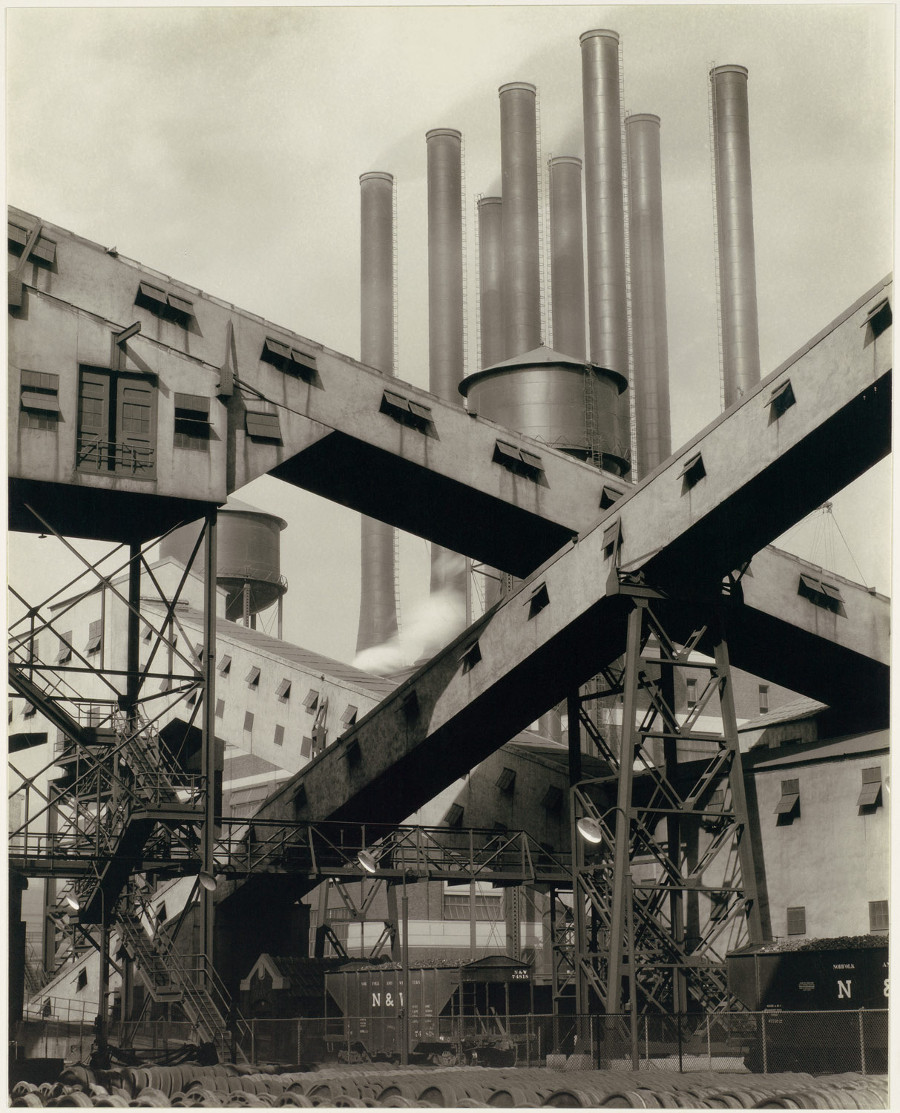 The Ford Rouge complex, circa 1940 (Ford Motor Company)
The Ford Rouge complex, circa 1940 (Ford Motor Company)
Kahn’s design managed to introduce a sense of light and air; The Rouge was called “the single factory that carries industrial architecture forward more than any other.” Some automotive historians said that the complex “achieved the distinction of automotive ore to assembly.” By 1928, the entire complex was very much completed, and thousands of workers came to work there daily.
The Rouge became home to a fleet of massive Ford lake freighters filled with iron ore, coal and limestone. The first coke oven battery went into operation in 1919, followed later the by blast furnaces. In 1926, steel-making furnaces came online, along with rolling mills to make engine blocks, cylinder heads, intake and exhaust manifolds. On the assembly line, the first vehicles manufactured were Ford farm tractors and not automobiles. In 1928, the popular Ford Model A became the first vehicle to use laminated safety glass, and by 1930, The Rouge was making its own safety glass.
During the Great Depression, The Rouge remained in operation. During World War II, the complex was restricted to producing military vehicles, including a tremendous number of Jeeps. After Henry Ford's death in 1947, some automotive historians said The Rouge began to evolve as the company embarked on a new process of operation and styling.
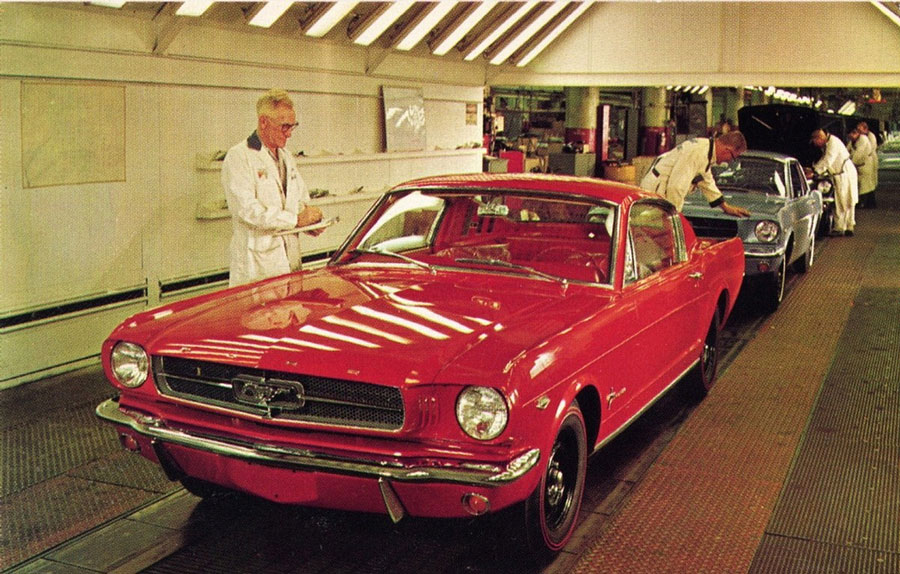 1965 Ford Mustang assembly line at "The Rouge" (Ford Motor Company)
1965 Ford Mustang assembly line at "The Rouge" (Ford Motor Company)
The 1960s would come and go with new automotive designs making their way to showrooms across America, with the famous Rouge continuing its manufacturing operations. Today, the Rouge complex is the home of a high-tech assembly plant and a national treasure.
Bill Ford, Jr., executive chairman of Ford, told the Free Press last week on the occasion of the complex’s 100th anniversary: "I describe it as the heartbeat of the company. We make the F-150 there. It's our flagship, built by the best workers in the country. Whatever we do in the future, we'll do it at the Rouge."
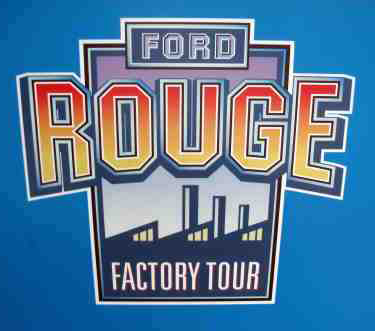 Ford Rouge Factory Tour logo (The Henry Ford)
Ford Rouge Factory Tour logo (The Henry Ford)
For more information on the Ford Rouge Factory Tours, call The Henry Ford at 313.982.6001.
Bibliography
Dammann, George. “Illustrated History of Ford.” Crestline Publishing, 1970.
Banham, Russ. “The Ford Century: Ford Motor Company and the Innovations That Shaped the World.” Tehabi Books, 2002.
Wall Howard, Phoebe. “The Nation's Longest Continuously Operating Auto Factory Turns 100.” Detroit Free Press, September 26, 2018.



